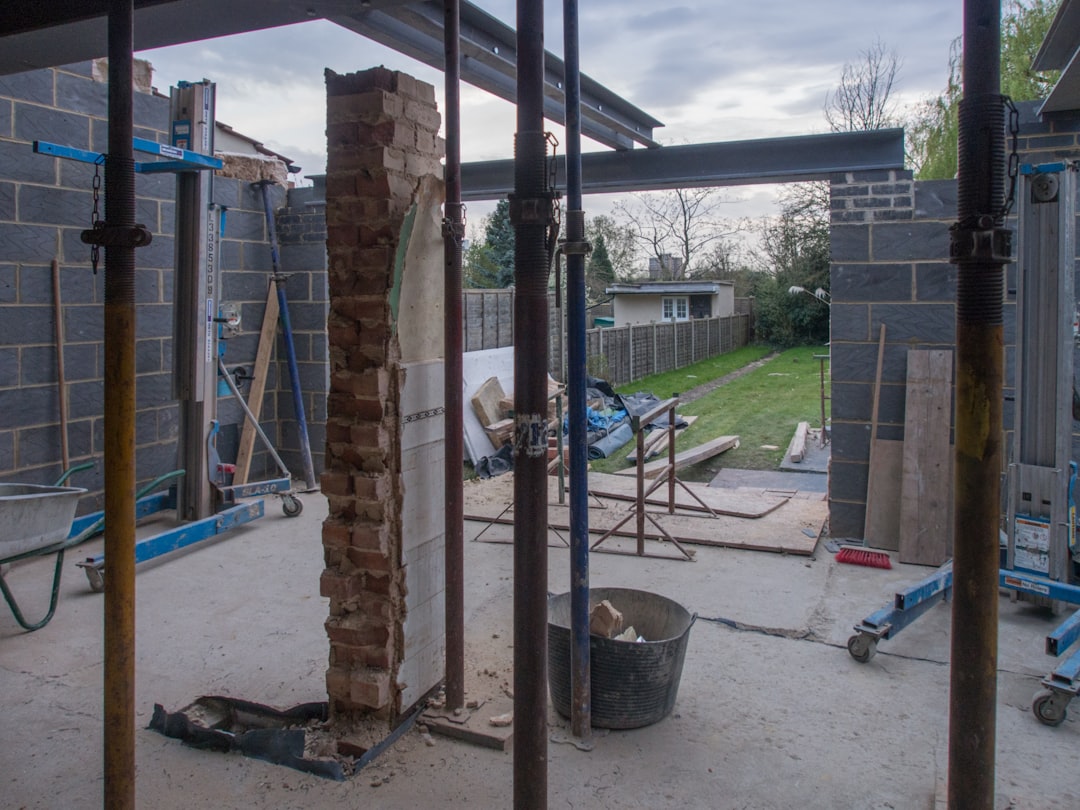
Installation costs for a flagstone patio typically range from $15 to $25 per square foot, including both labor and materials. For a 300-square-foot patio, the total cost can range between $4,500 and $7,500, influenced by regional crew labor rates and specific project requirements.
For construction crews, precision in planning and execution is paramount. Utilize advanced digital tools for accurate site measurements and cost-effective material lists, ensuring projects remain within budget and on schedule.
Flagstone offers aesthetic appeal and durability suitable for numerous architectural styles, making it a preferred choice among professionals. Key benefits include:
Thorough planning helps avoid costly errors. Modern tools enable effective budgeting and planning by:
1. Accurately measure patio dimensions.
2. Ensure proper drainage with a 1-2% pitch for stone placement.
3. Locate utilities before beginning excavation.
4. Follow local codes regarding setbacks and surface coverage.
1. Excavate to a depth of 6-8 inches plus stone thickness.
2. Install geotextile fabric.
3. Add and compact a 4-6 inch aggregate base.
4. Screed a 1-inch layer of sand or stone dust.
5. Dry-lay flagstones, ensuring optimal layout and joint width.
6. Use masonry tools to shape stones to fit.
7. Ensure each stone is level, maintaining the slope.
8. Sweep and activate polymeric sand in the joints.
9. Compact the patio to stabilize.
10. Consider sealing for added stone protection.
Traditional estimates may not account for waste effectively. Incorporating a 12% overage and updating material costs in real-time help prevent unnecessary expenses. On average, experienced crews can complete such projects in three days.

A contractor aimed to replace a deck with a 300 ft² flagstone patio. By using digital tools, they efficiently mapped out the layout and budget:
1. Swift excavation facilitated by digital planning.
2. Proactive moisture checks prevented base issues.
3. Real-time client updates ensured transparency.
Despite unforeseen delays, efficient rescheduling kept the project within budget, ultimately enhancing the property's value by 15% and generating additional client referrals. Use expert tools for streamlined projects that enhance profitability.